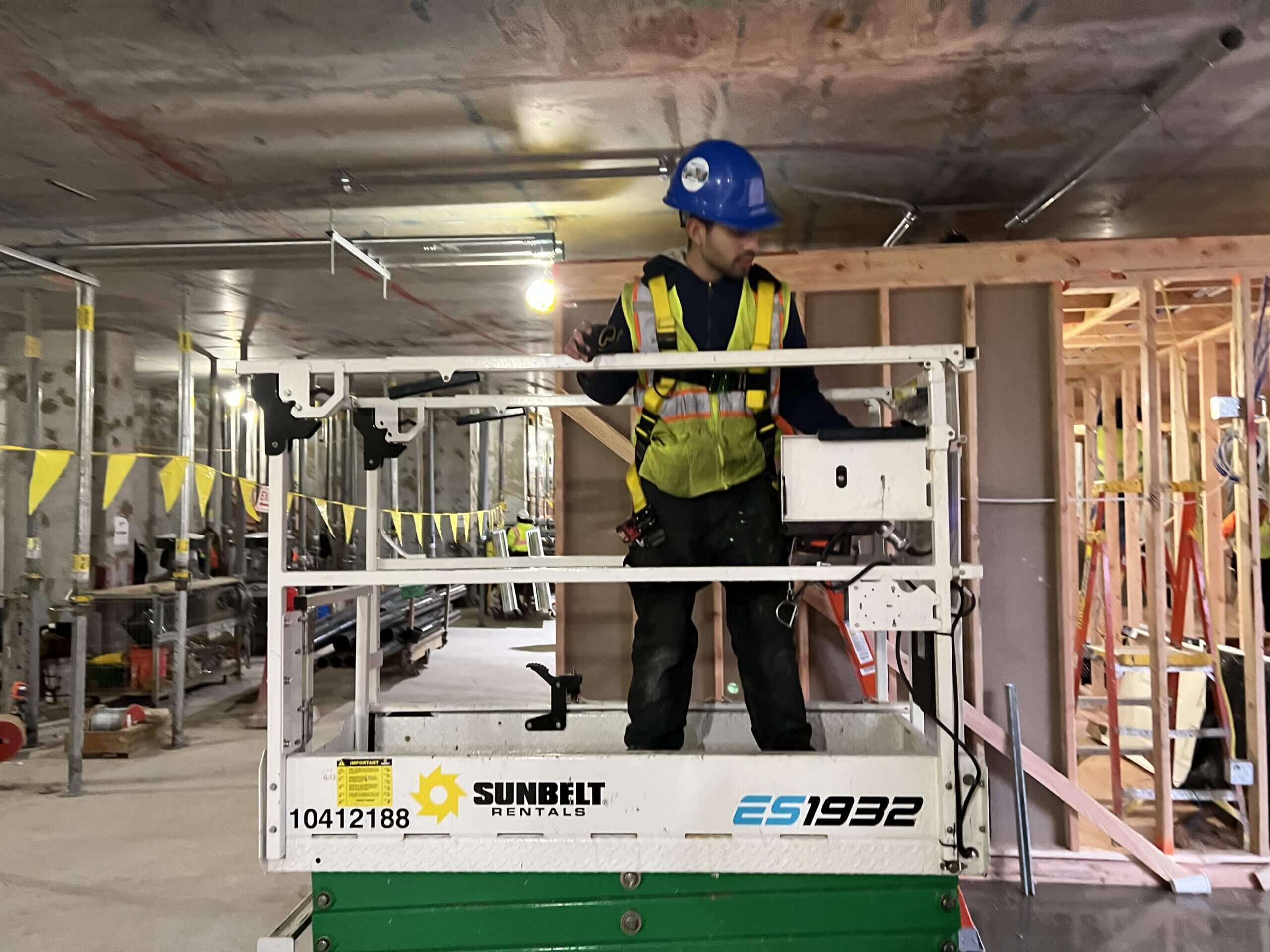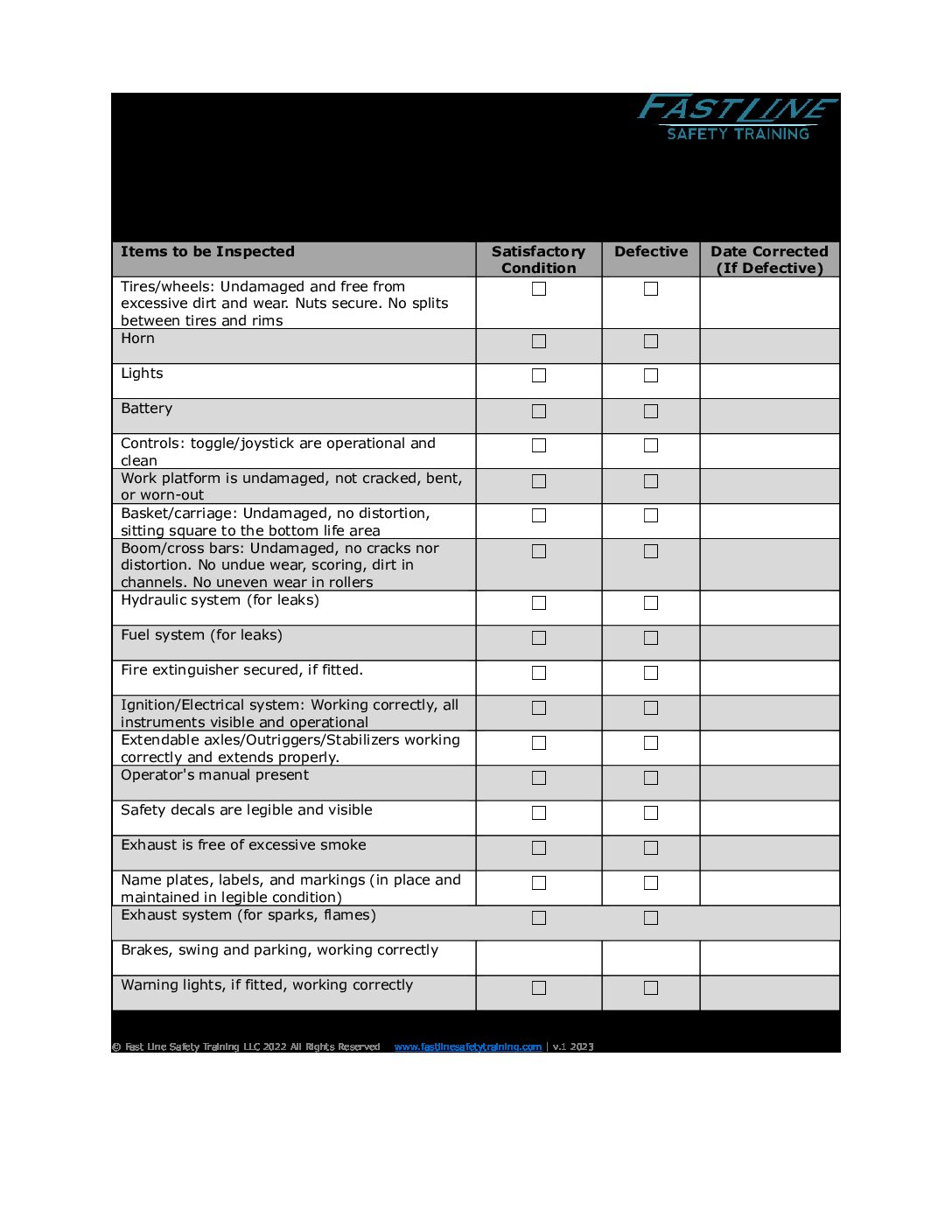 Fast Line Safety Training Blogs
Fast Line Safety Training Blogs
-
Do You Need a Driver’s License to Drive a Forklift?
Nick Ercolano
As experts in forklift training, Fast Line Safety Training often gets the question of whether a driver’s license is required to operate a forklift. The straightforward answer is no, a traditional driver’s license is not required to operate a forklift. However, OSHA compliant forklift certification is mandatory to operate a forklift. Understanding Forklift Certification OSHA […]
-
How Long Does Forklift Certification Last?
Nick Ercolano
Navigating the realm of forklift certification can often feel like a journey through a maze of regulations and requirements. Fast Line Safety Training wants to make it easier for you by answering one of the most common questions we get: How long does forklift certification last? Understanding the lifespan of your certification is not just […]
-
7 Main Causes of Forklift Injuries
Nick Ercolano
Forklifts are indispensable in various industries, aiding in the transportation and handling of materials. However, their operation comes with significant risks, leading to numerous injuries and, in severe cases, fatalities each year. Understanding the main causes of forklift injuries is crucial for creating safer work environments and reducing accidents. Main Causes of Forklift Injuries 1. […]
-
How to Drive and Operate a Stand Up Forklift
Nick Ercolano
How to Drive and Operate a Stand-Up Forklift with Fast Line Safety Training In the realm of material handling and warehouse operations, forklifts are indispensable. They come in various forms, each tailored to specific needs. Among these, the stand-up forklift stands out due to its unique design and benefits. Before diving deep into its operation, […]
-
Pre-Use Scissor Lift Inspection Form
Nick Ercolano
Safety is paramount when operating heavy machinery, especially when it comes to scissor lifts. These versatile machines are a staple in many construction sites, but like all equipment, they require regular checks to ensure they’re in optimal working condition. This is where the importance of a scissor lift daily inspection checklist comes into play. Before […]
Pre-Use Scissor Lift Inspection Form
Nick Ercolano


